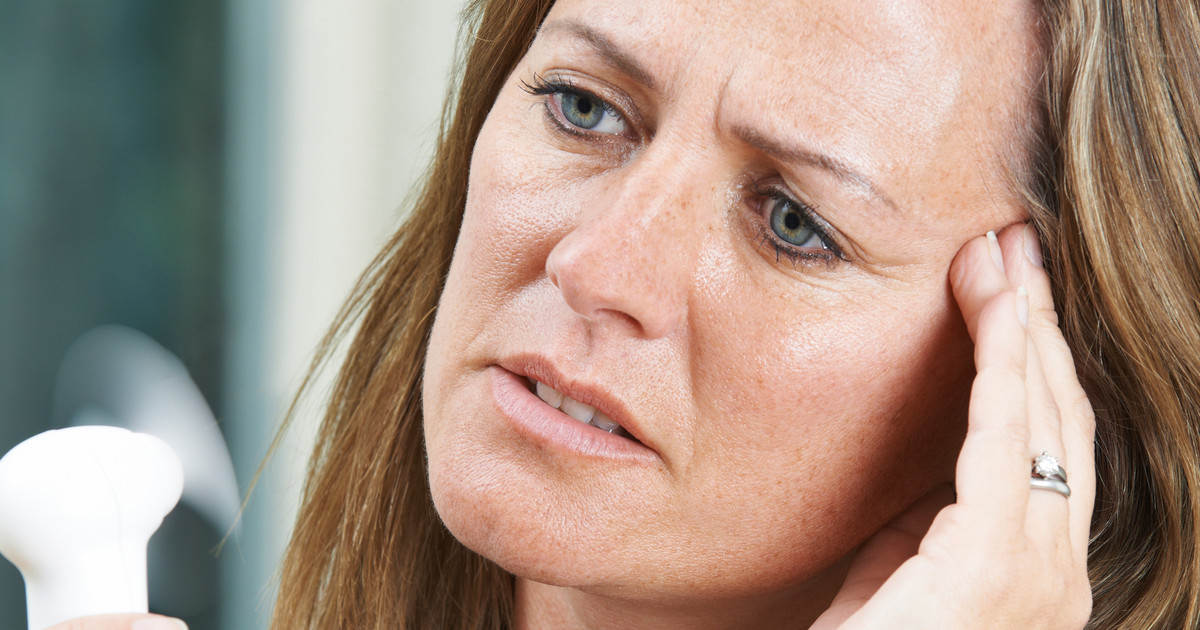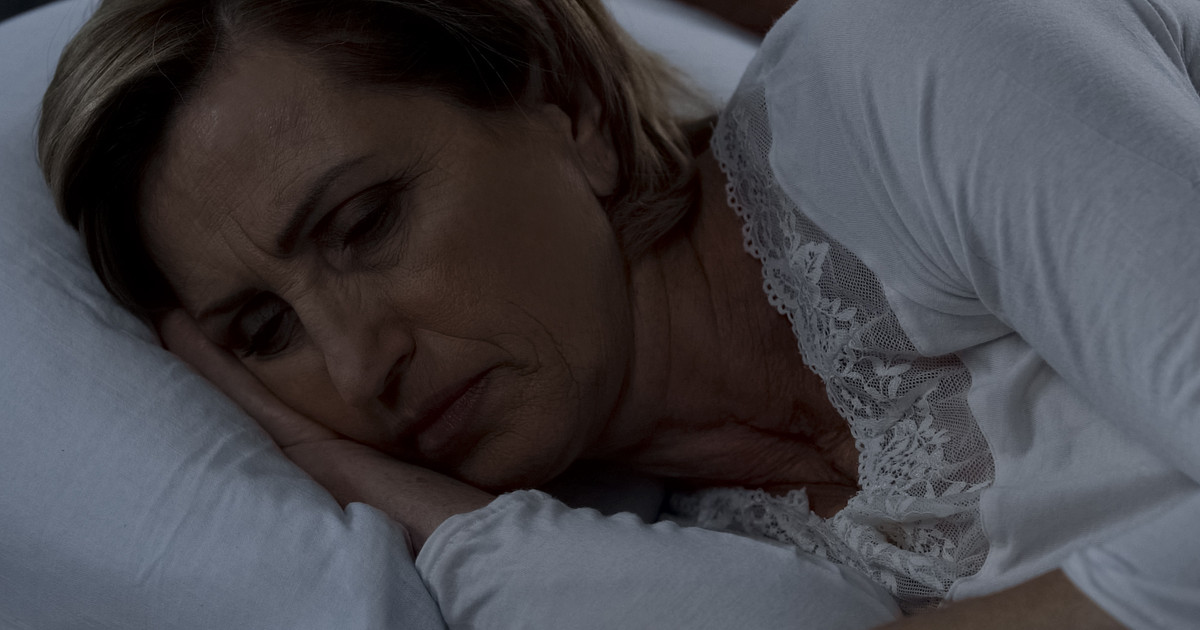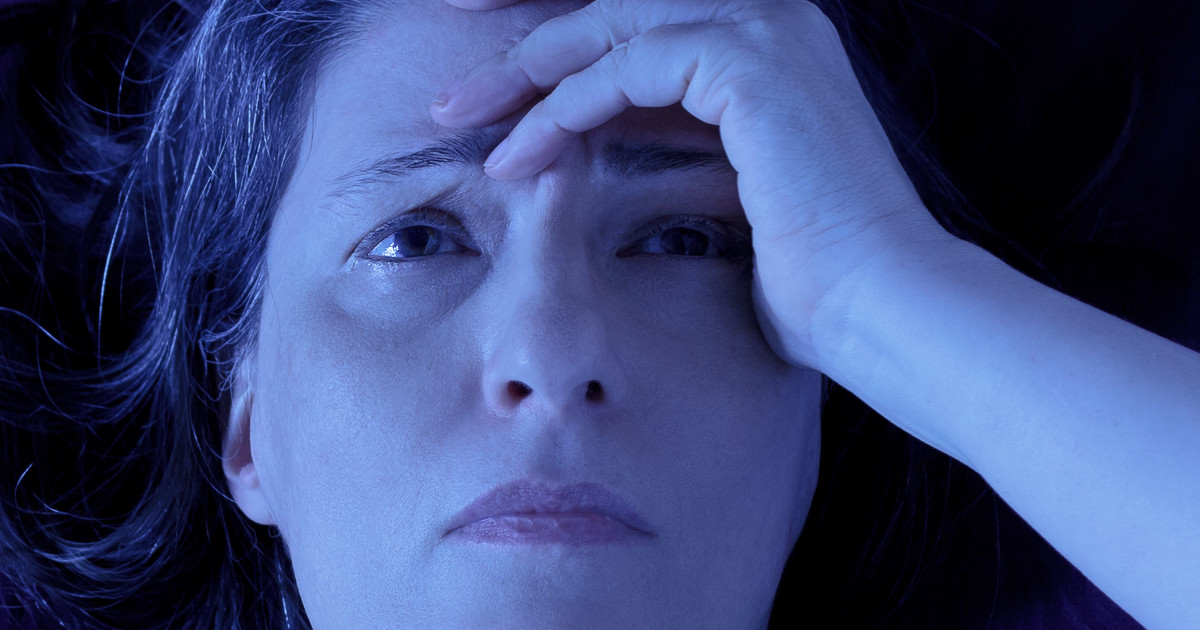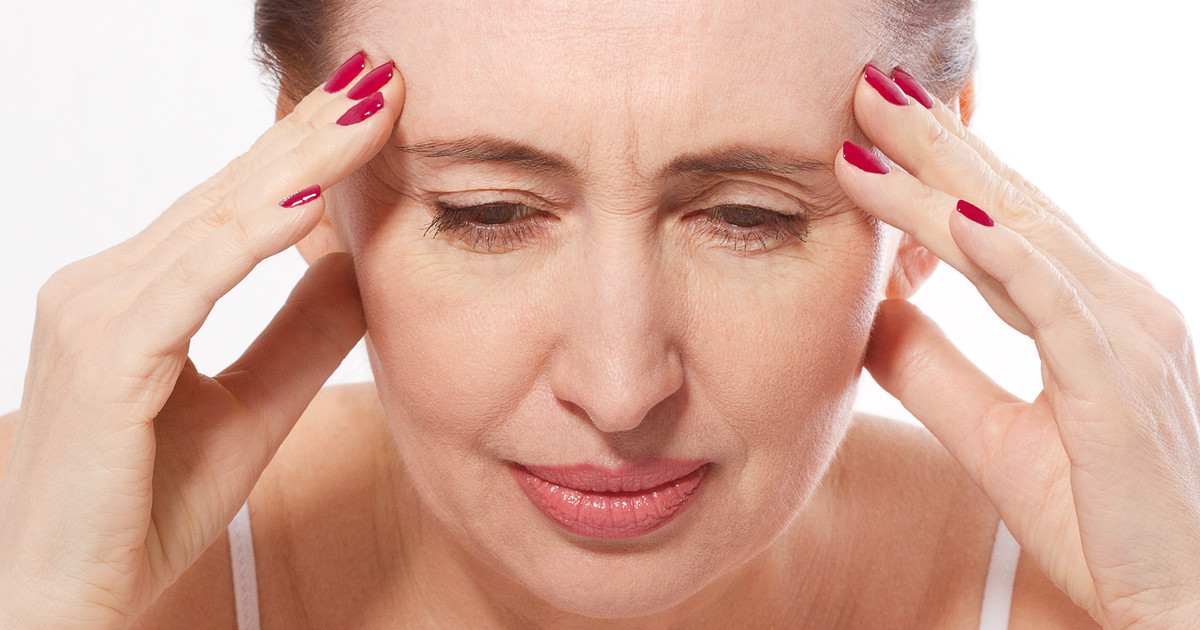Guide To The Symptoms Of Menopause
Menopause occurs when a woman's period stops, usually after forty-five years old. The condition occurs when the ovaries cease to produce progesterone and estrogen, which are two hormones necessary for reproduction. Clinical menopause has been reached when a woman hasn't had a period for a year. However, the symptoms and changes associated with menopause can start multiple years before a woman's periods stop entirely. Some of the symptoms of menopause may require treatment, especially depending on the severity. Women can talk to their doctor about their symptoms and the best way to manage the condition. Menopause may increase a woman's risk of developing osteoporosis or breast cancer. Before official menopause is a period called perimenopause, which presents with many of the same symptoms.
With this in mind, get familiar with the major symptoms linked to menopause now.
Hot Flashes

Hot flashes cause affected individuals to suddenly feel warm, most often over the chest, neck, and face. Some women also experience reddening of the skin similar to a blush. A hot flash can lead to sweating, which can, in turn, cause affected individuals to feel chilled once the flash is over. The most common reason for hot flashes is menopause, but some other medical conditions can cause hot flashes. Hot flashes are the most commonly experienced symptom of menopause, and they tend to start a few years before full menopause sets in. The regularity with which hot flashes occur varies widely from person to person. Some women experience just a few each week, while others might have several in an hour.
Read more about the symptoms of menopause now.
Night Sweats

When individuals sweat, their body is naturally cooling itself to prevent overheating. Body temperature is controlled by the part of the brain called the hypothalamus. For night sweats to be clinically diagnosed, individuals must sweat so much at night that their pajamas and sheets become drenched. In addition, this must occur without being related to being overheated when sleeping. Around three percent of individuals experience night sweats, though they aren't always related to menopause. However, because night sweats can sometimes indicate a more serious underlying condition, affected individuals should consult their doctor. Night sweats due to menopause may be related to hot flashes, though it is possible to experience one or the other without suffering both.
Learn more about the warning signs of menopause now.
Issues with Sleep

Issues with sleep are very common in women going through menopause, from the pre-menopausal to post-menopausal stages. Post-menopausal women tend to have a less satisfying sleep quality, and research indicates up to sixty-one percent experience symptoms of insomnia. Insomnia occurs when individuals have trouble falling asleep or staying asleep at night. In addition, post-menopausal women tend to have higher and more severe prevalences of snoring. Some women also report that they are woken by hot flashes because of the sudden sharp increase in body temperature. For women who have several hot flashes in a day, being repeatedly woken can cause them to feel fatigued the next day. Menopausal women may also be at a higher risk of developing obstructive sleep apnea, which is a disorder that causes patients to stop breathing intermittently in their sleep. If menopause is causing severe enough sleep disruptions to impede a woman's quality of life, she should talk to her doctor about finding an appropriate treatment.
Discover additional symptoms of menopause now.
Irregular Periods

Irregular periods can be a sign of many different hormonal changes or imbalances. However, it is crucial to understand it's common for women to experience irregularity in their menstrual cycle as they approach menopause. Even if their periods have always been predictable before, women might find they start to experience changes somewhere in their forties. As a woman approaches menopause, her estrogen levels go through serious fluctuations. She may have more or less estrogen than usual at any given time and without any apparent warning. Some women experience a lengthening in their menstrual cycle, so they bleed for more days than usual or have several months between their periods. Others might have shorter menstrual cycles, bleeding less often and potentially having more than one period in a month. It's also possible that women will experience menstruation without ovulation, which means their uterine lining will shed even though an egg hasn't been released. Early perimenopause tends to involve changes of at least seven days in the menstrual cycle, while late perimenopause tends to involve at least sixty days between each period.
Learn more about the warning signs associated with menopause now.
Mood Changes

Mood changes are common in perimenopausal and post-menopausal individuals. Studies have shown women going through menopause may be at an increased risk of depression. They also tend to have greater irritability and more unpredictable mood swings. Some of the mood issues may be related to sleep problems, as interrupted sleep can lead to fatigue and depression. Other mood issues may be related to the rapidly fluctuating hormonal imbalances in the body. It's also common for women to experience some mood changes unrelated to the hormonal or sleep issues. One of the most often reported feelings is a feeling of anxiety or unhappiness about getting older. It's important to be aware menopause is not the end. Women experiencing distress severe enough to impede their daily functioning should talk to a doctor about treatment.
